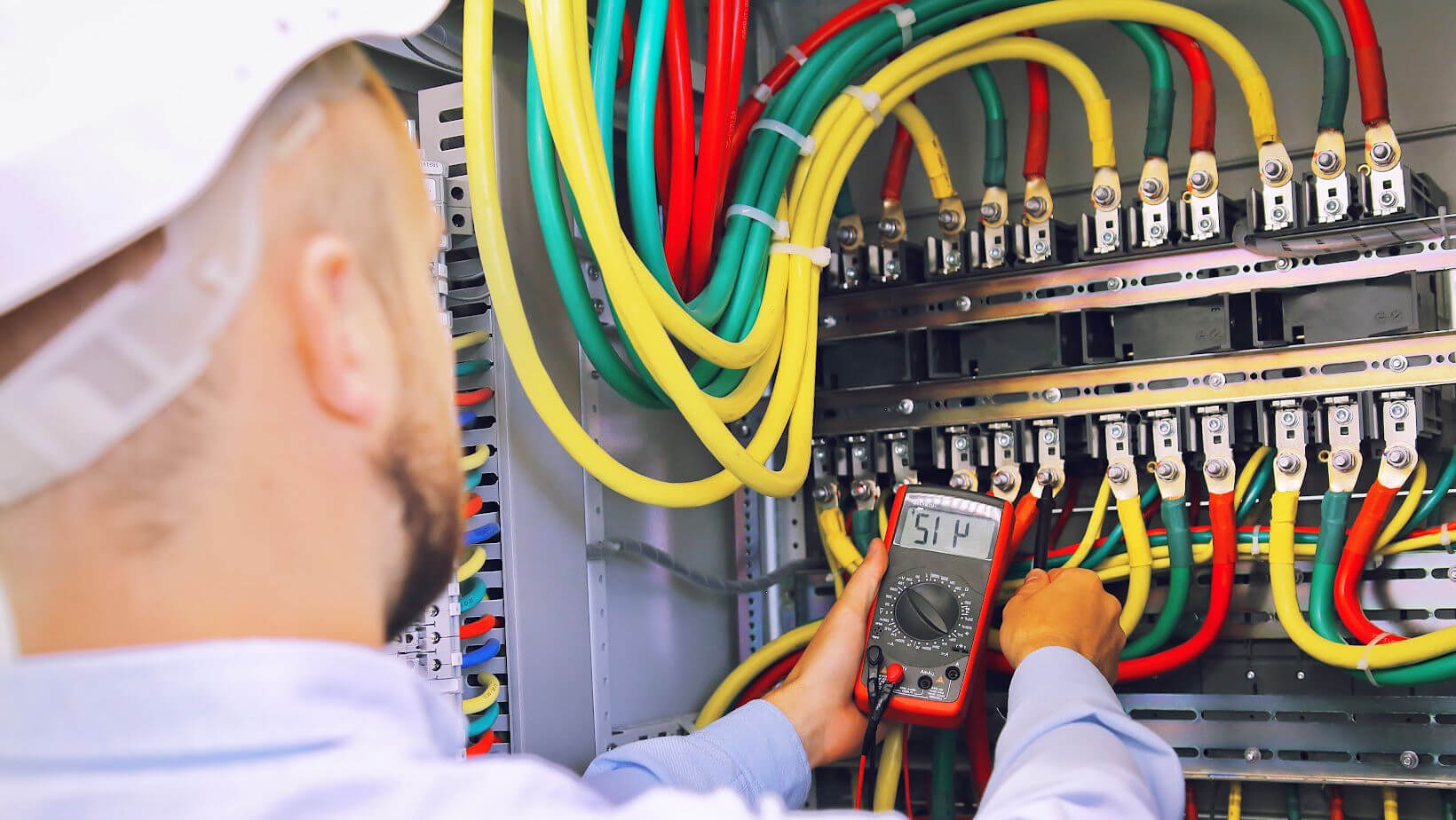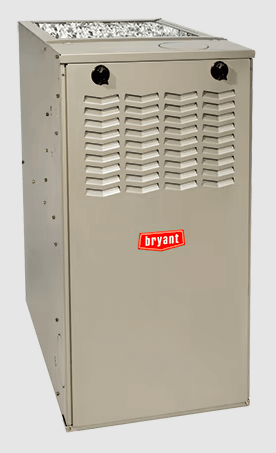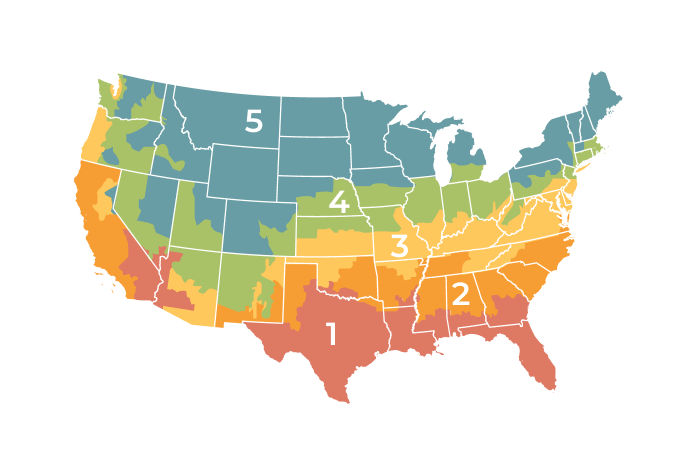

HVAC

Average Cost: $3,500 - $5,500
Here’s a detailed review of Bryant furnaces, covering system types, pricing, performance features, customer feedback, and how Bryant stacks up against other trusted brands.
Our Verdict: Bryant is an excellent choice for homeowners seeking a dependable furnace with fair pricing and solid engineering. They deliver strong value across entry-level to premium systems, though they may not be the top pick for ultra-premium features or warranties.
With roots dating back to 1904 and now under Carrier Corporation, Bryant brings a century of heating experience to today’s homeowners. Bryant offers a spectrum of furnace types — from basic single-stage models to advanced variable-speed systems — and operates through a nationwide dealer network, making service and support widely accessible.
| Best For | Top Tier | Cost Installed | Standout Feature | Warranty* |
|---|---|---|---|---|
| Good value across feature tiers | Evolution Series | $2,300 to $7,000+ | Modulating/variable-speed tech | 10-year parts; 20-year or lifetime HX |
*Heat exchanger warranty varies by model and registration; parts coverage typically 10 years.
At Modernize, we value Bryant for offering Carrier-level performance at more budget-friendly prices. Their Evolution systems bring modern comfort features — variable-speed blowers and modulating valves — without the premium price tag. We appreciate the clarity across product tiers and the brand’s reputation for solid reliability and accessible service.
If you’re specifically looking for cooling solutions rather than heating, Bryant also offers a wide range of high-quality air conditioning systems. For more information, check out our detailed review of Bryant Air Conditioners to find the right cooling system for your home.
Understanding both strengths and limitations helps you make a confident choice.
Pros
Cons
Bryant’s furnaces are organized by type of operation and efficiency, letting homeowners match comfort, budget, and climate needs precisely:

Bryant manufactures a wide range of furnaces, but a few models stand out for their popularity and performance. Here are some of the most recognized options:
Homeowners routinely praise Bryant for its reliability, solid warranty coverage, and lasting performance. Positive reports often highlight reduced energy bills after upgrading to Evolution systems. Criticisms usually point to higher costs and the need for professional installation to achieve expected results.
“I love the fact that I have two options for heating” — Bryant Site Review of Preferred 926T
“The furnace works well no issues or concerns. The warranty gave me confidence any issues world be taken care of with little or no cost to me.” — Bryant Site Review of Evolution 986T
“… Bryant Evolutions crush most of the competitors in every way and about 10-15% cheaper than the identical twin Carrier. That is like paying two twin sisters to work for you and paying one of them 15% more or less for the same job. Their low NOx products are great. …” — Reddit Review
Bryant furnaces are priced competitively, giving homeowners Carrier-quality performance at slightly lower costs. Installed prices typically range from $2,300 to $7,000, depending on the model, efficiency, and installation complexity. Legacy single-stage units are on the low end, while Evolution modulating systems reach the top of the range. Most homeowners spend $3,500 to $5,500 for a mid-efficiency, two-stage Bryant furnace.
| Furnace Type | Efficiency (AFUE) | Installed Cost Range |
|---|---|---|
| 80% Single-Stage | ~80% | $2,300 to $4,500 |
| High-Efficiency Single | ~95% | $3,000 to $5,100 |
| Two-Stage | Up to ~96.5% | $3,500 to $5,800 |
| Modulating / Variable | Up to ~98.3% | $4,200 to $7,000+ |
| Bryant Model | Type of Operation | Installed Cost Range |
|---|---|---|
| Legacy 312A | Single-Stage, 80% | $2,300 to $4,500 |
| Preferred 926T | Two-Stage, ~96% | $4,000 to $6,000 |
| Evolution 986T | Variable-Speed | $4,500 to $7,000 |
| Evolution 987M | Modulating, ~98% | $5,500 to $9,000 |
| Home Size | Needs (Approx. BTU) | Installed Cost |
|---|---|---|
| 1,200 sq ft | 40k to 60k | $2,300 to $4,500 |
| 2,000 sq ft | 60k to 80k | $3,000 to $5,800 |
| 3,000+ sq ft | 80k to 100k+ | $4,500 to $7,500 |
| Region | Installed Cost Range |
|---|---|
| South | $2,300 to $5,000 |
| Midwest | $2,800 to $6,000 |
| Northeast | $3,500 to $7,000 |
| West | $2,600 to $6,500 |
Bryant furnaces are often available with dealer financing programs, rebates on qualifying ENERGY STAR® models, and local utility incentives. These options can make premium units more affordable by spreading payments over time and reducing upfront costs.
If you’re deciding on the right AFUE rating for your new furnace, the first step is using this Bryant Furnace review to determine which model is the most cost-effective for your home’s size and climate. Your furnace should be able to meet the heating demands of your region, based on average winter temperatures. To help, we’ve provided a climate map that breaks down each region of the U.S., giving you a clearer idea of which option will work best for your home.

If you need a new Bryant furnace installed in Montana or anywhere in Zone 5, where freezing winter temperatures are common, a Bryant Preferred 925T furnace with 96.2% AFUE is a good option. The furnace itself typically costs around $2,400 to $2,800, and with labor and installation, the total cost would be approximately $4,300 to $5,000. Prices can vary based on local labor rates and installation complexity.
When evaluating top furnace brands, it helps to compare Bryant side by side with its peers on cost, efficiency, comfort features, and long-term reliability. Bryant positions itself as a value-driven alternative to premium names like Carrier and Lennox, offering many of the same components at a more approachable price. At the same time, it provides stronger build quality and warranties than entry-level brands such as Goodman. Below, we break down how Bryant compares to several major competitors so you can see where it shines and where other brands may have an edge.
Explore Our Rheem Furnace Review
Explore Our Carrier Furnace Review
Explore Our Goodman Furnace Review
Homeowners planning a Bryant furnace often ask similar questions. Here are the most common ones with detailed answers:
With regular maintenance, Bryant furnaces typically last 15 to 20 years, with premium Evolution systems often exceeding that range.
You can expect to pay between $2,300 and $7,000 installed, depending on furnace type and size. Modulating units fall at the top of the range.
Yes — they offer efficiency from 80% to 98.3% AFUE, with Evolution models delivering top-tier energy savings.
Two-stage units offer a cost-efficient balance of comfort and performance. Modulating systems provide the highest comfort levels and lower fuel bills but cost more initially.
Many Bryant furnaces with higher AFUE ratings qualify for utility rebates or energy incentives, depending on regional programs.
Yes. Bryant is known for dependable performance, solid engineer-backed design, and warranties that protect your investment.
If you want a furnace brand that balances value, efficiency, and proven engineering, Bryant is a standout choice. Their Evolution systems bring top-tier performance, while Preferred and Legacy tiers offer dependable performance at lower costs. For homeowners seeking Carrier-level comfort with better pricing and solid support, Bryant is a compelling option in 2026.
Looking for more than just one review? The Modernize Review Hub brings together detailed insights on AC, furnace, and heat pump brands, installers, and products all in one place. It’s the easiest way to compare your options side by side and get a clearer picture of what will work best for your home.
Read real homeowner reviews, explore qualifications, and view promotions. Modernize makes it easy to browse professionals and find one that will be perfect for your project.